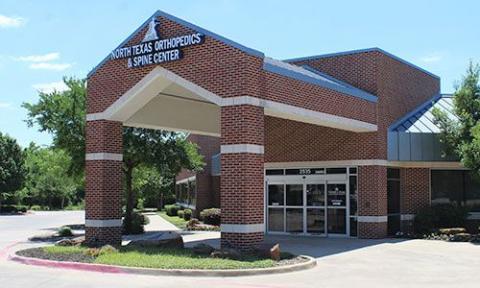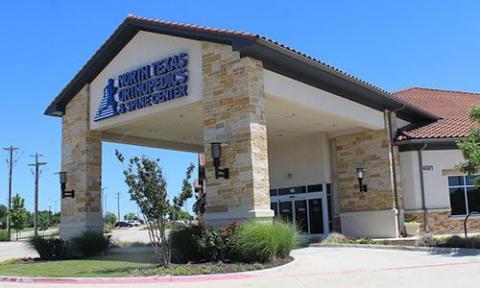Plantar fascia release is a surgical procedure designed to alleviate chronic heel pain caused by plantar fasciitis, a condition where the thick band of tissue on the bottom of the foot becomes inflamed. When conservative treatments fail to provide relief, the open technique for plantar fascia release can offer a long-term solution. In this blog post, we’ll explore the causes of plantar fasciitis, the open release procedure, and the recovery process.

Plantar fascia release involves surgically cutting part of the plantar fascia ligament to relieve tension and reduce inflammation. The open technique is a traditional surgical approach that provides direct access to the affected area, allowing for precise treatment.
This procedure is typically recommended for patients who:
The open technique provides the surgeon with direct visualization of the plantar fascia, ensuring accuracy in the release. The procedure involves:
The entire procedure typically takes less than an hour and may be performed on an outpatient basis.
Recovery times vary but generally include:
While the open technique is highly effective, potential risks include:
Before considering surgery, patients are encouraged to try non-surgical treatments such as:
To reduce the risk of recurrence after surgery:
Plantar fascia release using the open technique is a reliable solution for chronic heel pain that doesn’t respond to conservative treatments. With proper care and rehabilitation, most patients experience significant relief and improved mobility. If you’re considering this procedure, consult a qualified foot and ankle specialist to determine if it’s the right option for you.
For more information on foot health and treatment options, explore our blog or schedule a consultation with one of our specialists today.
See why our patients love our physicians, quality of care, and amazing results.
*Based on Independent Market Research


© 2024, North Texas Orthopedics & Spine CENTER. All rights reserved.